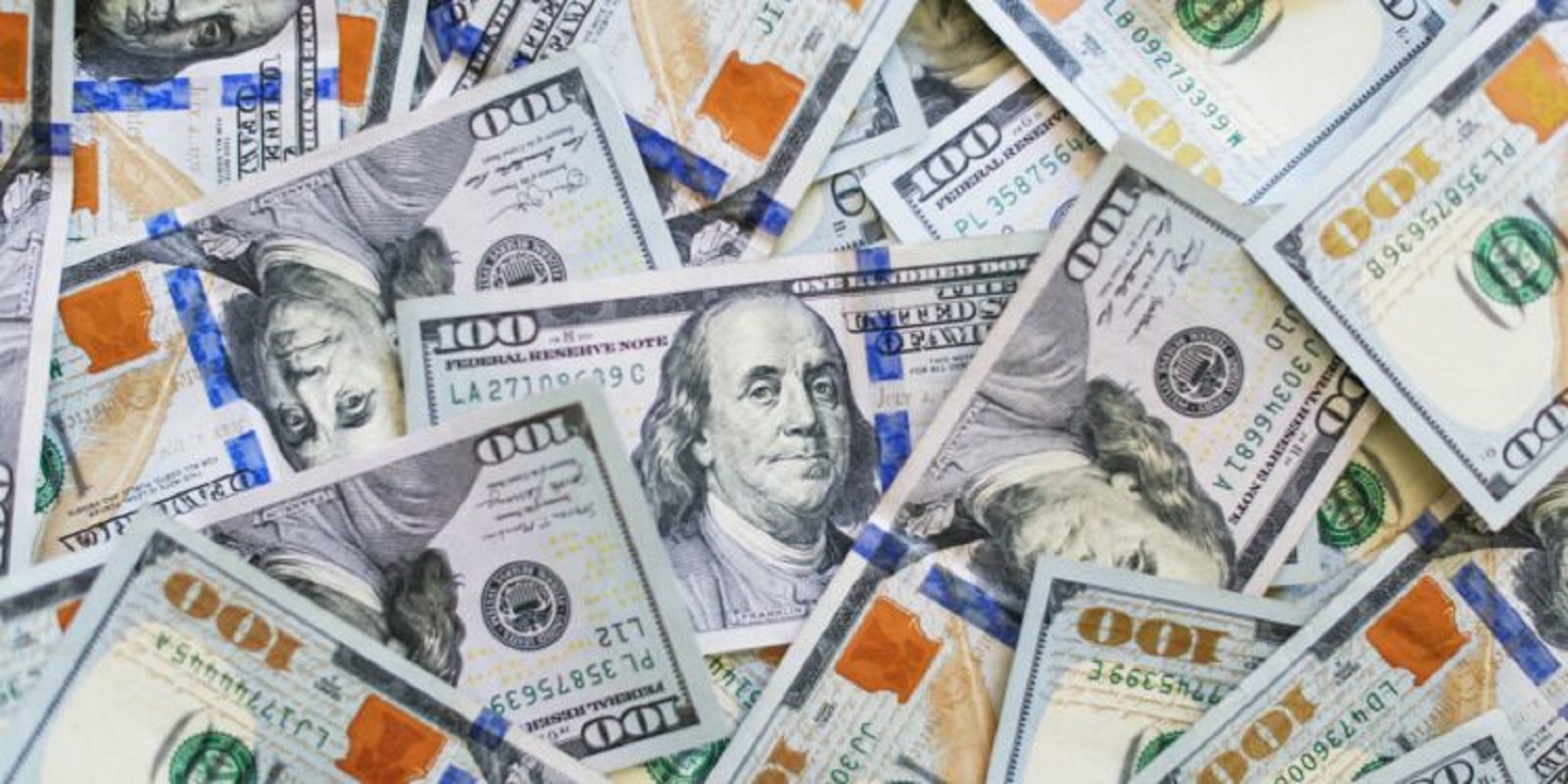Nigeria’s External Reserves have hit six-year high of $42.03 billion.
NewsOnline Nigeria reports that Nigeria’s external reserves surged to $42.03 billion as of September 19, 2025, marking the highest level since late September 2019 and a six-year peak.
Data from the Central Bank of Nigeria (CBN) show that reserves rose from $41.99 billion the previous day and are well above the $41.42 billion recorded at the start of September. The last time reserves exceeded this level was on September 26, 2019, when they stood at $42.05 billion. The recent gains reflect a steady rally that began in July and accelerated throughout September.
ALSO: Tinubunomics: Abuja SMEs Cry Out as Rising Fuel, Electricity, and Tax Burdens Threaten Survival
Steady Gains Throughout September
Analysis by Nairametrics shows that the growth is not a one-off spike. Over the first 19 days of September, reserves recorded 13 consecutive daily gains across 14 reporting sessions. From September 1 to 19, reserves increased by $610.8 million, or 1.47%, averaging about $47 million per session.
The second half of September was particularly strong: reserves rose from $41.5711 billion on September 8 to $42.0329 billion on September 19—a $461.8 million gain. Between September 15 and 19, reserves added nearly $583 million, driven by robust foreign exchange inflows and controlled outflows. Compared with August 29, when reserves were $41.3055 billion, the current level represents a 1.76% increase or $727.3 million.
Year-to-Date Performance
Reserves are also up for the year. From $40.878 billion at the end of December 2024, the stock has risen by $1.15 billion (2.83%) to $42.0329 billion in mid-September 2025. After hitting a low of $37.18 billion on July 3, the reserves have rebounded by $4.85 billion (13.05%), reversing the first-half decline and setting a new 2025 high.
Economic Implications
Crossing the $42 billion mark strengthens the CBN’s ability to stabilize the FX market and meet external obligations. Higher reserves improve Nigeria’s import cover, a key factor for investors, lenders, and credit rating agencies, and could boost portfolio inflows into local assets if yields and policies remain favorable.
However, sustaining this level will depend on continued FX supply from oil sales, non-oil exports, diaspora remittances, and foreign portfolio investments. Any disruption in oil production, a drop in global crude prices, or rising demand pressures could threaten the gains. Conversely, improved production, transparent FX operations, and consistent fiscal-monetary coordination could consolidate the milestone and potentially surpass the late-2019 highs.
September has turned the 2025 reserves story around, flipping it from weakness to strength. The next challenge is sustaining this momentum through the fourth quarter, ensuring stability for Nigeria’s currency and external sector.
